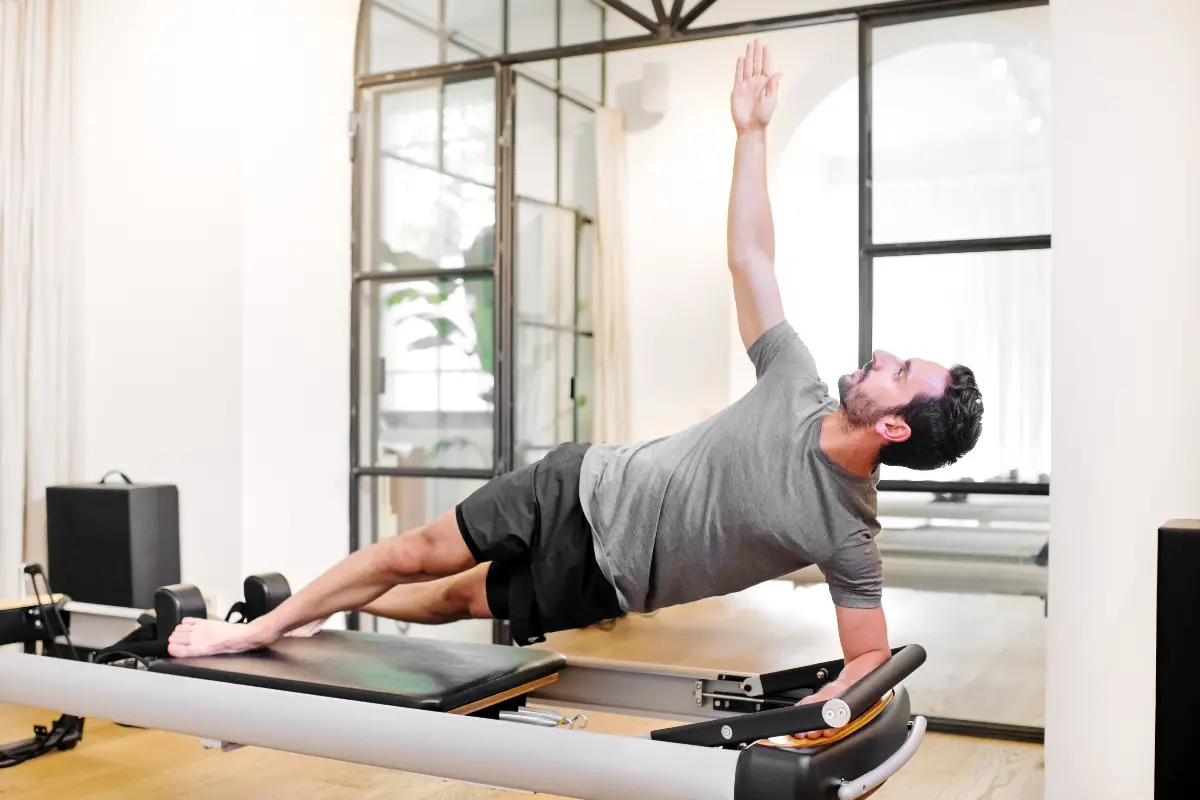In the tapestry of modern fitness regimes, Pilates emerges as a uniquely compelling thread, merging mindful practices with physical conditioning to create a holistic approach to health and wellness. Rooted in the early 20th century and crafted by Joseph Pilates, this dynamic method of exercise has transcended time to become a global phenomenon adapted to the modern lifestyle.

Pilates, unlike other exercise protocols, is not just about physical exertion; it is as much about mental focus and control. The practice emphasises proper postural alignment, core strength, muscle balance, and flexibility, which are achieved through precise, controlled movements. It is this combination of mental and physical engagement that has rendered Pilates an effective and sought-after method for cultivating both strength and serenity.
Central to Pilates is the concept of 'core strength'. Often mistaken as merely the abdominal muscles, the 'core' actually comprises the deep muscles of the back, abdomen, and pelvic floor. These are the muscles that enable us to perform everyday activities with ease and efficiency. Through Pilates, one can develop a robust core by exercising these muscles to improve posture, alleviate back pain, and enhance overall athletic performance.
Another key feature of Pilates is its adaptability. It can be practiced by individuals at various fitness levels, from elite athletes to those recovering from injuries, and even expectant mothers, thanks to the modifiable nature of the exercises. Machines like the Reformer, the Cadillac, and the Wunda Chair, designed by Joseph Pilates himself, along with simpler tools such as bands and balls, ensure a varied and scalable workout that can be tailored to individual needs and goals.
The benefits of Pilates are well documented and include improved flexibility, increased muscle strength and tone, enhanced muscular control of the back and limbs, and rehabilitation or prevention of injuries related to muscle imbalances. Regular practitioners often report improvements in concentration and body awareness, translating into better posture and movement in their daily lives.
The breath is another cornerstone of the Pilates method. The exercises are performed with a focus on rhythmic, controlled breathing, which aids in executing movements with maximum power and efficiency. Breathing correctly is essential to achieving the full benefits of Pilates, as it helps to activate the core and provides a rhythm to the workout, promoting mental clarity and relaxation.

In the age of high-intensity fitness trends, Pilates stands out for its emphasis on low-impact exercises that reduce the risk of injury. This is particularly appealing for those with joint issues or for seniors seeking an effective exercise routine that doesn't strain the body unduly. The meticulous nature of Pilates ensures that each movement is executed with the utmost care, maximising benefits while minimising the risk of harm.
Despite its gentle approach, Pilates can be remarkably challenging. The exercises require precision and persistence, and as one progresses, the degree of difficulty can be increased to continue to challenge the body and prevent plateauing. Many find in Pilates a lifelong fitness journey that continuously stimulates and evolves with their changing needs.
Pilates also seamlessly complements other forms of exercise, such as running or weight training, by promoting balance and functional strength. Many athletes incorporate Pilates into their training regimen to enhance their performance and reduce the risk of injury. The versatility of Pilates is such that it not only serves as a full-fledged fitness regime but also as an effective cross-training tool.
Moreover, in the modern digital age, the accessibility of Pilates has expanded with online classes and instructional videos, making it possible to practice virtually anywhere. With this flexibility, Pilates caters to the hectic pace of contemporary life, making it simpler for individuals to commit to their fitness and well-being.
In summary, Pilates is more than just an exercise trend; it is a comprehensive fitness and wellness system with a diverse range of benefits. From improved physical strength, flexibility, and posture to enhanced mental focus and reduced stress, Pilates offers a well-rounded approach to health that is as relevant today as when it was first conceived. Whether as a primary form of exercise or as an adjunct to other activities, Pilates continues to transform the health and wellness landscape, offering a path to a stronger, more balanced, and integrated self.
